|
Horseley Fields
Chemical Works William
Bailey & Son was founded in 1828 in North Street by
William Bailey, a chemist. The company is listed in
Pigot & Company's 1842 Staffordshire directory as
follows:
William Bailey manufacturing
chemist and wholesale druggist (and merchant), North
Street.
Within a few years the
firm moved to the Horseley Fields site, next to
Crane Foundry and the canal, where a basin was built
for canal access. The company specialised in the
production of high quality chemicals, and soon
became well known throughout much of the world.
The Stour Valley Line, which
carries the railway into Wolverhampton High Level
Station was authorised by an Act of Parliament
passed on 3rd August 1846. The railway crossed the
northern part of the chemical company’s site, where
a viaduct, with arches was built. Construction took
place between 1849 and 1850, and road access to the
site was through the arches, via the newly built
Bailey Street, named after William Bailey. |
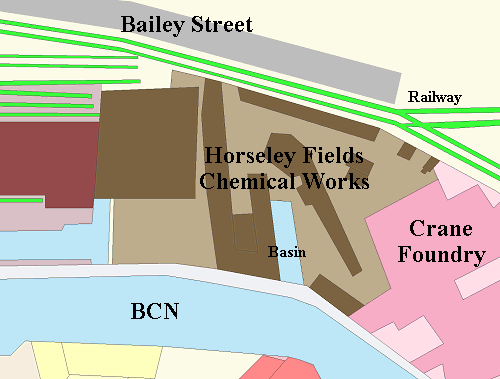
The location of the factory.
| The company’s many products included medical,
and photographic chemicals; medicines; and chemical
salts; all sold at an economical price. |
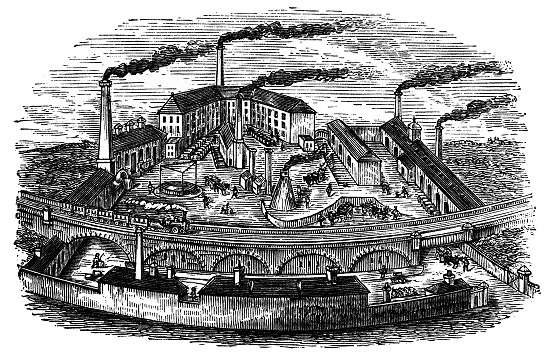
A view of the factory from the north.
| Many of the domestic medicines that were on sale
in chemists shops throughout the world were
developed in the company’s laboratory. One such
substance that became well known was magnesia.
Bailey’s also produced large quantities of a
volatile fluid called bisulphide of carbon, a
solvent for India rubber, gutta percha, and resinous
gums. Also used in the manufacture of weapons, and
for removing oil from seeds, wool, and cotton waste.
Previously the chemical had been very expensive,
selling at £1 per pound in weight. Through large
scale production, Baileys reduced the price to 6d a
pound. |
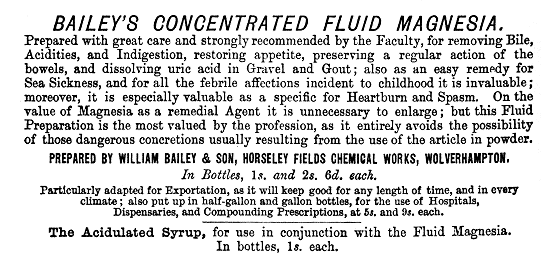
An advert from 1873.
| Another important product was hyposulphite of
soda (hypo) used for fixing photographic images, and
for the removal of chlorine from bleached goods.
Bailey’s also supplied large amounts of Beane’s
patent brewing material, Bailey’s Universal finings,
and Bailey’s patent bisulphite of lime, used to
preserve fish and meat, to regulate the fermentation
of whisky, restore musky casks, and help to prevent
cattle disease. |
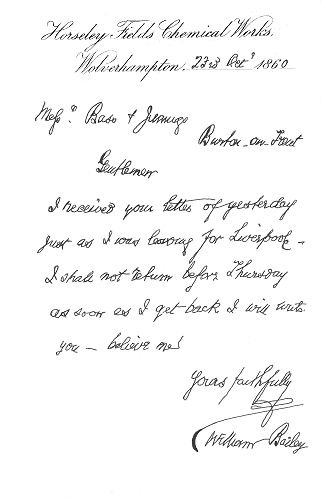 |
A letter written by
William Bailey which was sent to Bass and Jennings
Solicitors at Burton upon Trent. Clearly the matter
was urgent. |
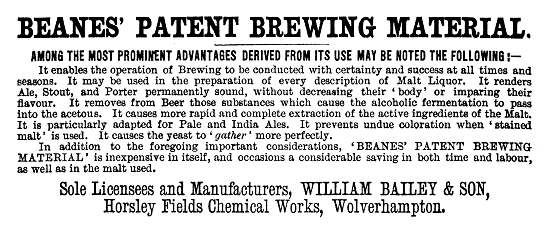
An advert from 1873.
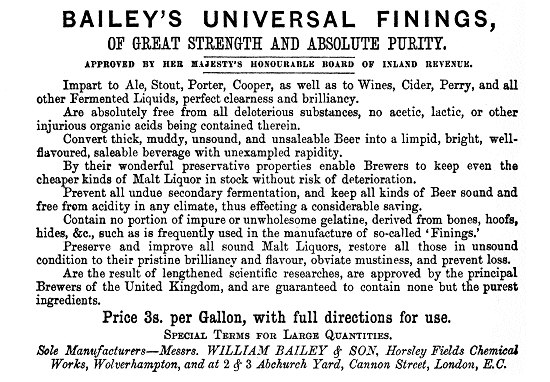
An advert from 1873.
|
Other products included
chemicals for the enamelling industry, anti-fouling
chemicals to clean ship’s hulls, and chemicals for
crop spraying.
The firm gained a medal at the
International Exhibition of 1862 for the purity of
its chemical preparations, and the laboratory became
famous for its high standards. In November 1871 the
factory was visited by staff from the Burmese
Embassy. |
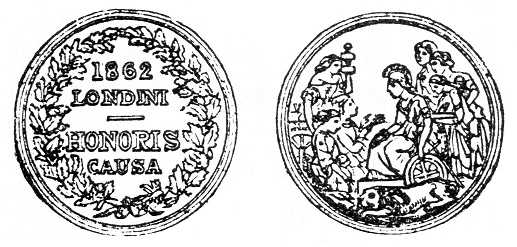
The 1862 medal.
|
Major customers included the
War Department, and the Post Office. Several
generations of the Bailey family ran the business.
William was succeeded by his son Vincent, who in
turn was succeeded by his son Reginald. The company
claimed to be the oldest supplier of brewer’s
chemicals. |
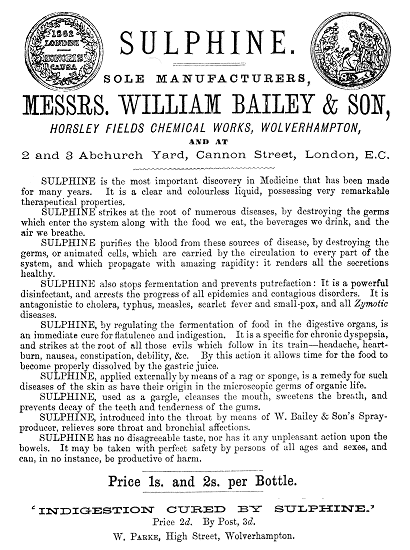
An advert from 1873.

An advert from 1873.
| In 1950 Baileys became a subsidiary of F. W.
Berk Limited, of London, and in turn they became
part of the Steelley Group in 1970. When the factory
closed, the site was taken over by Crane Foundry. |
 |
Return to the
previous page |
|